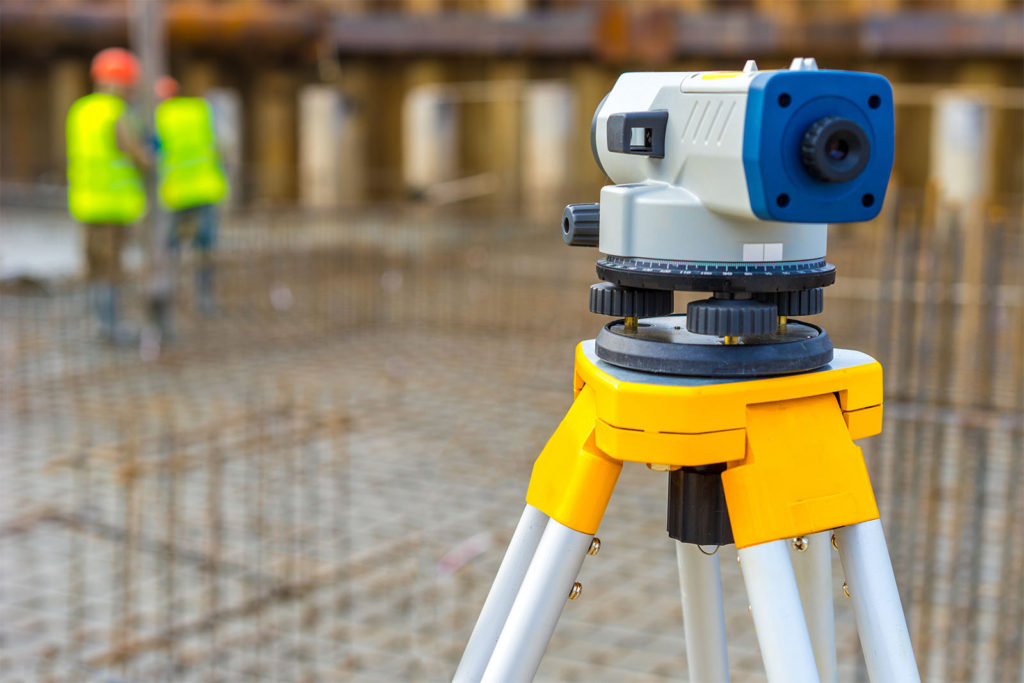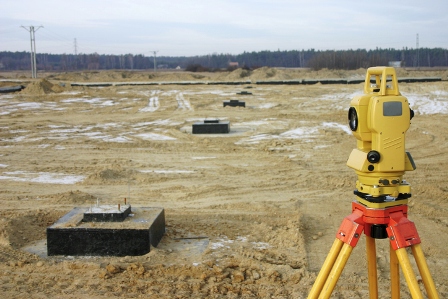The Importance of Setting Out Engineering in Construction Projects
The Importance of Setting Out Engineering in Construction Projects
Blog Article
Essential Tools and Methods in Laying Out Engineering
The discipline of establishing out design relies greatly on a suite of necessary tools and methods that underpin the accuracy and efficiency of task execution. What implications does this hold for future design practices?
The Significance of Accurate Measurements

The value of exact dimensions extends beyond plain compliance; they are indispensable to the overall effectiveness of design processes. Mistakes can bring about material waste, job hold-ups, and increased labor expenses, ultimately impacting the task's profits. Accurate dimensions improve the top quality of the last item, ensuring that it carries out as meant and satisfies the assumptions of stakeholders.
Additionally, the relevance of precise measurements is obvious in different design techniques, consisting of civil, mechanical, and electrical engineering. Thus, cultivating a culture that prioritizes accuracy is important for the future of engineering.
Crucial Devices for Setting Out
Laying out, an essential phase in the design and building process, depends greatly on certain tools that make sure accurate place and placement of structures. Amongst these tools, the property surveyor's level sticks out, providing specific horizontal dimensions essential for developing referral points. This tool makes it possible for engineers to establish elevation changes and preserve harmony across the job website.
The overall terminal is an additional vital device, integrating electronic range dimension with angular dimension capabilities. This modern technology boosts efficiency and accuracy in recording spatial information, permitting efficient website format and planning.
Additionally, using gauging tapes and marking tools, such as chalk lines or stakes, is essential for momentarily noting borders and crucial points on the site. These fundamental devices, though straightforward, are important for making sure clear communication amongst the construction team concerning job specs.
Last but not least, GPS innovation has actually gotten grip in establishing out procedures, supplying real-time positioning data and substantially enhancing precision over standard techniques. Collectively, these vital devices develop the backbone of effective laying out practices, ultimately adding to the successful implementation of design and building and construction tasks.
Advanced Evaluating Strategies
Advanced checking methods play an essential function in enhancing the precision and performance of engineering projects. These strategies include a variety of approaches that provide exact information for style and construction. Traditional approaches, such as leveling and triangulation, have advanced right into extra innovative methods, including Complete Station studies and International Navigation Satellite Systems (GNSS)
Complete Station tools integrate digital theodolites with distance dimension abilities, allowing land surveyors to gather precise place information with great rate. This technology considerably reduces mistakes related to manual dimensions and gives real-time data handling. Additionally, GNSS supplies unmatched accuracy for large projects by using satellite signals to determine precise positioning, which is essential for lining up frameworks and guaranteeing conformity with design specs.
Along with these devices, progressed techniques also integrate geospatial evaluation and 3D modeling. These approaches enable engineers to picture surface and website problems more efficiently, facilitating much better decision-making during the planning phase. By utilizing these sophisticated evaluating strategies, try this site design tasks can attain better accuracy in format, lower rework, and ultimately boost overall project success.
Digital Technology in Engineering
The integration of digital innovation has transformed engineering practices, enhancing both productivity and precision throughout different disciplines. Devices such as Building Info Modeling (BIM) assist in the visualization and management of intricate tasks, allowing engineers to work together perfectly and make informed decisions. This technology makes it possible for the creation of thorough 3D designs, which can be assessed for architectural stability and efficiency before building and construction starts.

The application of expert system and device knowing in design procedures even more boosts anticipating maintenance and optimization of sources. These technologies make it possible for the evaluation of large information sets, bring about much better forecasting and boosted project end results. In general, digital modern technology is reshaping the design landscape, driving development, and guaranteeing that tasks are finished with greater performance and decreased risk. As the sector remains to evolve, welcoming these devices will be important for future success.
Finest Practices for Execution
When executing digital technology in engineering, it is vital to develop a strategic method that lines up with task check my blog objectives and business capabilities. A detailed assessment of existing workflows and innovation facilities is important to identify voids and opportunities for improvement. Engaging stakeholders early in the procedure fosters partnership and ensures that the technology meets customer demands.

Job supervisors need to adopt an iterative implementation technique, enabling for changes based upon real-time feedback and performance assessments. This active strategy not just minimizes risks but also promotes continuous improvement by incorporating lessons learned.
Conclusion
To conclude, the combination of vital devices and advanced methods in laying out engineering is important for making sure precision look at here now in measurements and successful project implementation. Using tools such as land surveyor's degrees, complete stations, and GPS modern technology, along with modern-day checking approaches, enhances accuracy and lowers the likelihood of errors. Taking on best practices in execution better enhances these processes, ultimately cultivating enhanced project outcomes in the design and building industries.
The discipline of establishing out engineering counts greatly on a suite of essential devices and methods that underpin the accuracy and performance of job execution.In addition, the relevance of precise measurements is obvious in different design self-controls, including civil, mechanical, and electric engineering. By using these sophisticated evaluating methods, engineering tasks can attain greater accuracy in layout, reduce rework, and eventually boost general task success.
In general, electronic innovation is improving the engineering landscape, driving technology, and guaranteeing that tasks are completed with higher efficiency and minimized threat (setting out engineering).In final thought, the assimilation of vital devices and advanced methods in establishing out engineering is essential for ensuring precision in measurements and successful task implementation
Report this page